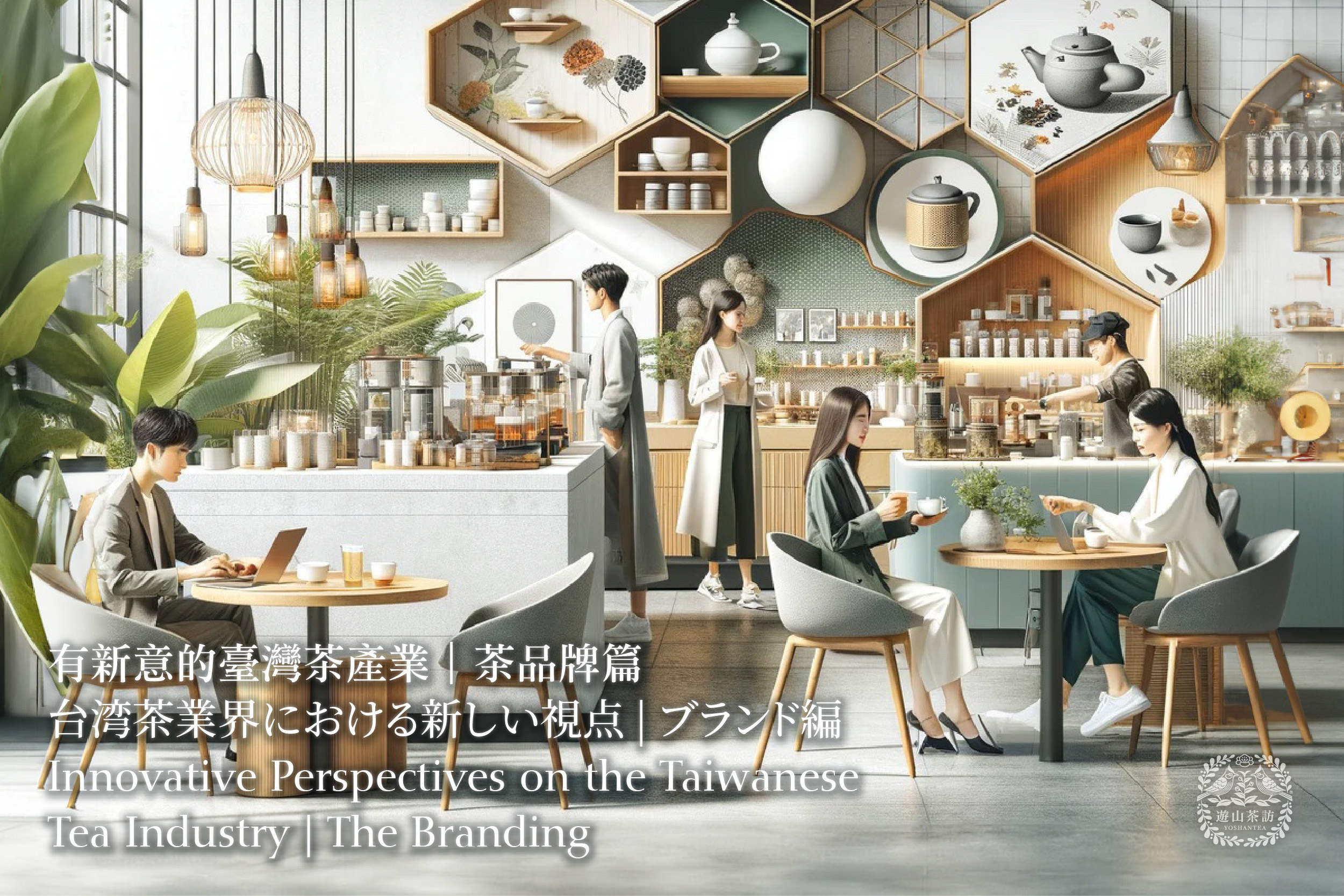Hello, everyone:
I'm Andy, a tea enthusiast.
Spring tea season is approaching, marking the start of a busy period.
Last week, I shared the challenges faced by Taiwan's tea industry. This week, the topic is "tea brand establishment."
When we talk about "tea brands," the first things that come to mind are attractive logos, exquisite packaging, beautiful tea ware, modern websites, and Instagram-worthy spaces.
"Transformation" is a significant challenge for many production-oriented enterprises in Taiwan, especially in the tea industry. Transformation is synonymous with "branding." The first step of transformation involves finding a designer, and communicating with them is the initial hurdle for many. Then, seeing the quotation becomes an even bigger challenge. At this point, many tea producers shy away, as the earnings from tea can hardly keep up with the rapid increase in design costs. Moreover, branding success and profitability are not guaranteed.
Yoshantea has also gone through such a period. Eventually, we realized that "brand" is not about "design." If a brand were a person, "design" would be like the person's clothes, while the inner thought and behavioral patterns are the essence of the "brand." "Beauty comes from within" is the best way to describe brand representation.
In my opinion, "food safety" is the core value of tea, with "delicious tea" being the second-layer value based on "food safety." "Regulations" are the method to establish "food safety." Making all company employees understand "food safety" equates to establishing the basic value of the "brand." "Food safety" and "regulations," as objective conditions, become the foundation of the "brand." Implementing "food safety" involves more than just testing for pesticide residues in tea; it also includes ensuring that suppliers, colleagues, and all stakeholders understand the importance of "food safety."
"Regulations" are also reflected in retail presentation, from product display to the organization of stationery in drawers. Even unseen aspects must adhere to "regulations." Even if the store design is not lavish, adhering to "regulations" can still showcase the brand's basic quality.
A "brand" is about "resource allocation." Everyone has limited resources, and how these resources are allocated and utilized affects behavioral representation, shaping the brand's appearance. A "brand" can be seen as a "summary of behaviors." A person with depth, even in plain attire, can radiate a distinct brightness. "What you believe in" defines the "brand." On the path to brand development, many voices will be heard, and "what you believe in" will serve as a guiding light.
Why don't we say "good tea" equals a "good brand"? "Good tea" is quite subjective, as all tea sellers claim their tea is "good." Just as with shoes, some may find loafers comfortable while others prefer smoking shoes, differing in what they consider "good." Thus, using "good tea" as the "brand" makes it challenging to highlight individual characteristics.
This time, I've shared my insights on branding with you. I'm grateful for the generous guidance from many benefactors along the way. Please forgive any inadequacies in my expression.
See you next time.
#yoshantea #taiwantea #dongdingtea #oolongtea #teafacotry #FSSC22000 #safetea #branding #foodsafety #industrytransformation #designthinking #corporateculture #tealover #premiumtea




